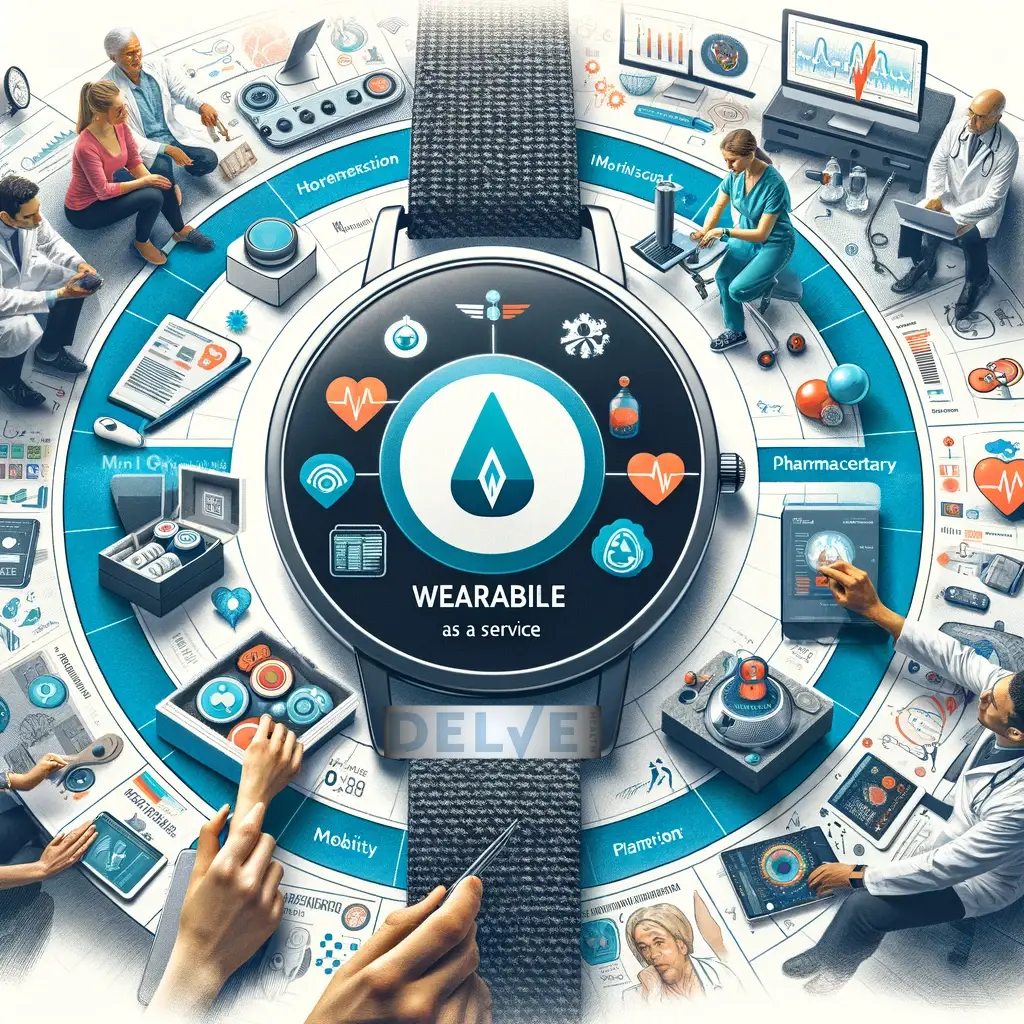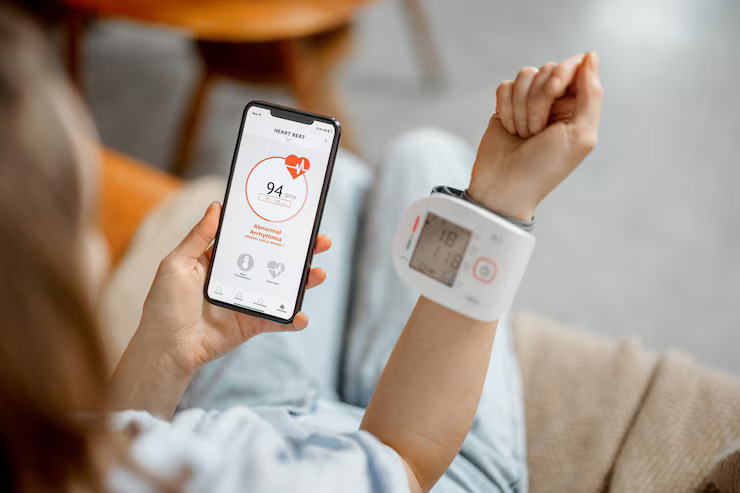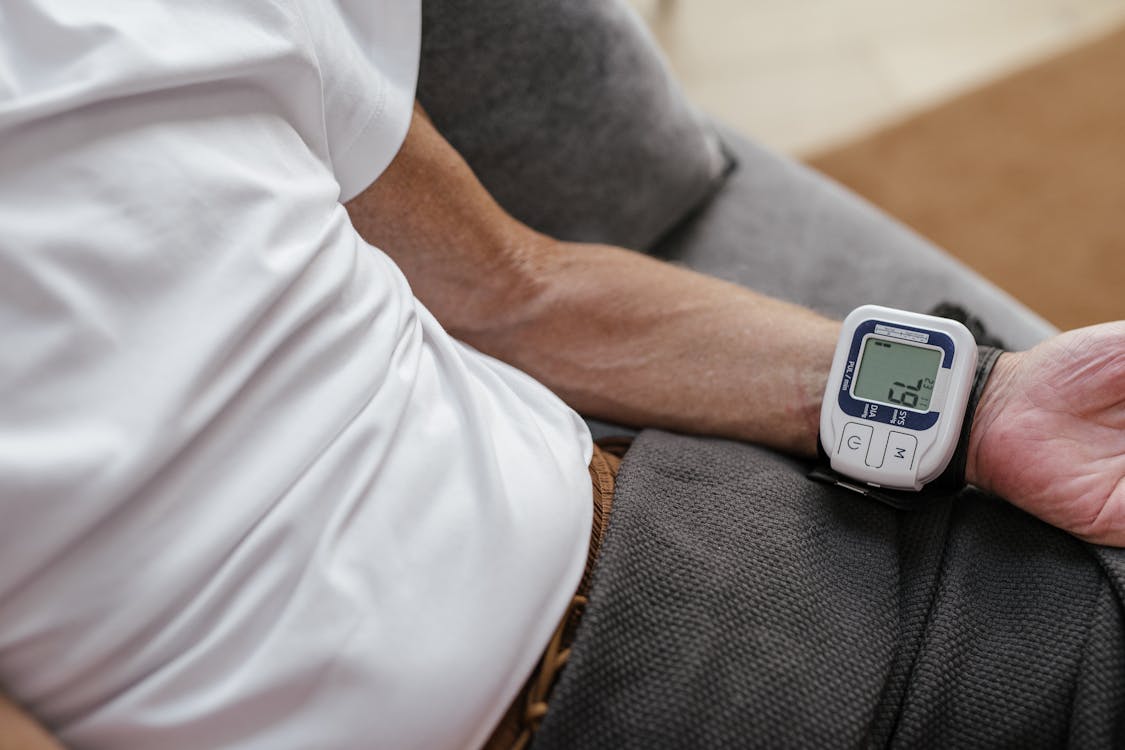The United States government is no stranger to being proactive when it comes to outbreaks of deadly diseases. In the face of a potential monkeypox epidemic, the US government has taken swift and decisive action in the form of clinical trials for potential treatment. This article will explore what monkeypox is, the symptoms of this virus, and how the US government is racing against time to find a cure.
What is monkeypox?
Monkeypox is a rare viral disease that is similar to smallpox, but much less severe. It is a zoonotic disease, which means that it is spread from animals to humans. It was first discovered in 1958 in monkeys living in Africa. The monkeypox virus can infect both humans and animals, although human-to-human transmission is very rare. However, sporadic outbreaks of the disease have occurred in Africa among people who had close contact with infected animals. The monkeypox virus can cause a fatal illness in humans and is considered a serious global health threat.
What are the symptoms of monkeypox and what does monkeypox look like?
The symptoms of monkeypox include fever, headache, muscle aches, chills, exhaustion, rash, and swollen lymph nodes. The monkeypox rash starts as small red bumps that turn into blisters, which often start on the face and spreads to the rest of the body. Monkeypox can be deadly, especially in young children and those with weakened immune systems. In severe cases, monkeypox can be fatal.
How does this virus spread?
The monkeypox virus is spread through contact with the blood, mucus, or other body fluids of an infected person or animal. Monkeypox is most commonly spread from animals to humans, but can also be spread through contact with contaminated objects or droplets from an infected person’s nose or mouth. The virus can also be spread through contact with objects or materials that have been contaminated with the virus. Commonly, the virus is spread through close contact with an infected person, such as during caring for someone who is ill or living in the same household as someone who is ill. It can also be spread through close contact with an infected person, such as through coughing or sneezing. The virus can also be spread through close contact with an infected person, such as sharing a bed or touching their clothing. The monkeypox virus can also be spread through contact with infected animals, such as monkeys, rodents, and bats. In Africa, where monkeypox is most common, the disease often spreads from one person to another through close contact with skin lesions (sores).
U.S. Monkeypox Research Activities to Speed Science for Impact
The United States government is taking several steps to speed up the process of finding a cure for monkeypox. This includes conducting epidemiologic and clinical observational studies, developing new serological tools, conducting serological surveys to better understand transmission, and conducting vaccine and therapeutic clinical trials. These activities are important for understanding the dynamics of the virus and for developing potential treatments and vaccines.
Ongoing U.S. Government-supported domestic and global monkeypox research activities include:
Conducting epidemiologic and clinical observational studies and modeling
The US government is conducting epidemiologic and clinical observational studies to better understand the virus. This information will be crucial to developing a vaccine or treatment for monkeypox. Additionally, the government is also modeling the disease to get a better understanding of how it spreads and how best to combat it.
Developing new serological tools
One important way that the US government is speeding up the process of finding a cure for monkeypox is by developing new serological tools. Serological tools are used to diagnose and study diseases. They are created by studying the proteins of a virus or bacteria. The development of new serological tools is an important step in finding a cure for monkeypox. By understanding how the virus works, scientists can create better methods to diagnose and treat the disease. Additionally, developing new serological tools can help scientists create new vaccines or treatments for monkeypox. These tools will also be used to test for the presence of antibodies in people who have been exposed to monkeypox. This information will help researchers understand how the virus affects people and how best to treat it.
Conducting serological surveys to better understand transmission
The United States government is also conducting serological surveys to better understand how the virus is transmitted. This is an important step in understanding the virus and finding a cure for monkeypox. By understanding how the virus is transmitted, scientists can develop better methods to prevent it from spreading.
Conducting vaccine and therapeutic clinical trials
One of the most important ways that the United States government is speeding up the process of finding a cure for monkeypox is by conducting vaccine and therapeutic clinical trials. These trials are important for developing potential vaccines and treatments for monkeypox. By understanding how the virus affects people, scientists can create better methods to vaccinate and treat people who have been infected.
Tecovirimat (TPOXX) randomized controlled trials
Tecovirimat (TPOXX) may be the answer to treating monkeypox. TPOXX is a novel antiviral drug that has been shown to be effective against other orthopoxviruses, such as smallpox and variola. TPOXX is currently in clinical trials to determine its effectiveness against monkeypox. If these trials are successful, TPOXX could be the first line of defense against this deadly virus.
Possible side effects of Tecovirimat (TPOXX) include:
- Fever
- Rash
- Headache
- Muscle pain
- Joint pain
- Nausea and vomiting
- Diarrhea
- Abdominal pain
- Weight loss
- Weakness and fatigue
Monitoring virus assays and developing positive control to develop an effective treatment or vaccine for monkeypox is important to monitor the virus. This can be done by developing positive controls. Positive controls are viruses that have been modified to be safe for humans. These viruses can be used to evaluate the influence of potential therapy and vaccination options.
Next-generation orthopoxvirus therapeutics
One possible next step in finding a cure for monkeypox is the development of next-generation orthopoxvirus therapeutics. Orthopoxviruses are a family of viruses that includes smallpox and monkeypox. By understanding how the virus works, scientists can create better methods to diagnose and treat the disease. Additionally, developing new serological tools can help scientists create new vaccines or treatments for monkeypox. These tools will also be used to test for the presence of antibodies in people who have been exposed to monkeypox. This information will help researchers understand how the virus affects people and how best to treat it.
Evaluating the virus sequences through genomic analyses
Another way that the United States is working to speed up the process of finding a cure for monkeypox is by evaluating the virus sequences through genomic analyses. By understanding how the virus works, scientists can create better methods to diagnose and treat the disease. Additionally, developing new serological tools can helpecovirimat (TPOXX) may be the answer to treating monkeypox. TPOXX is a novel antiviral drug that has been shown to be effective against other orthopoxviruses, such as smallpox and variola. TPOXX is currently in clinical trials to determine its effectiveness against monkeypox. If this trialsecovirimat (TPOXX) may be the answer to treating monkeypox. The US government is also exploring next-generation orthopoxvirus therapeutics. These new drugs may provide better treatment options for monkeypox and other orthopoxvirus infections. Finally, the government is examining global outbreaks to improve preparedness. This will help them be better prepared in the event of an outbreak of monkeypox or another orthopoxvirus infection.
The US government is also examining global outbreaks to improve preparedness. This will help them be better prepared in the event of an outbreak of monkeypox or another orthopoxvirus infection. By understanding how the virus affects people, scientists can create better methods to vaccinate and treat people who have been infected
Examining global human-animal interfaces and potential animal reservoir species
The US government is also examining global outbreaks to better understand how the virus spreads. By understanding how the virus affects people and animals, scientists can create better methods to vaccinate and treat people who have been infected. Additionally, understanding potential animal reservoirs can help scientists create better methods to prevent outbreaks from happening in the first place. By doing this, they hope to be able to develop better methods of preventing and treating monkeypox infections.
These are just some of the ways that the US government is showing initiative in the fight against monkeypox. Clinical trials are essential to finding a cure for the virus, and the government is doing everything it can to find a way to prevent and treat this deadly disease. Monkeypox is a rare and deadly virus that has the potential to cause an epidemic.
Strengthening global surveillance and response activities
One approach the United States is taking to speed up the monkeypox research process is to improve global monitoring and response efforts. By understanding how the virus affects people and animals, scientists can create better methods to vaccinate and treat people who have been infected.
The US government is also sponsoring clinical trials for a new drug called Tecovirimat (TPOXX). This drug has shown promise in treating monkeypox and other orthopoxvirus infections. The government is hopeful that this new drug will be able to provide better treatment optionsecovirimat (TPOXX) is a small molecule antiviral drug that has demonstrated efficacy in animal models against orthopoxviruses, including monkeypox. Tecovirimat (TPOXX) is currently being evaluated in Phase III clinical trials for the treatment of smallpox.
The US government is also strengthening global surveillance and response activities. This will help them be better prepared in the event of an outbreak of monkeypox or another orthopoxvirus infection. They are doing this by collaborating with other countries and agencies to improve preparedness and response capabilities.
Building capacity to safely and effectively prevent, detect, and respond to endemic and non-endemic countries
The US government is also strengthening global surveillance and response activities. This will help them be better prepared in the event of an outbreak of monkeypox or another orthopoxvirus infection.
One approach the United States is taking to speed up the monkeypox research process is to improve global monitoring and response efforts. By understanding how the virus affects people and animals, scientists can create better methods to vaccinate and treat people who have been infected. The US government is also sponsoring clinical trials for a new drug called Tecovirimat (TPOXX). This drug has shown promise in treating monkeypox and other orthopoxvirus infections. The government is hopeful that this new drug will be able to provide better treatment options for those affected by these viruses.
The US government is also strengthening global surveillance and response activities. This will help them be better prepared in the event of an outbreak of monkeypox or another orthopoxvirus infection. They are doing this by collaborating with other countries and agencies to improve preparedness and response capabilities. Additionally, the US government is building capacity to safely and effectively prevent, detect, and respond to monkeypox in endemic and non-endemic countries. By taking these measures, the US government is showing initiative in the fight against monkeypox.
Conclusion
The United States government is taking many proactive measures to improve preparedness and response capabilities for potential outbreaks of monkeypox. This includes strengthening global surveillance and response activities, collaborating with other countries and agencies to better prepare for potential outbreaks, and building the capacity to safely and effectively prevent, detect, and respond to infections in both endemic and non-endemic countries. Additionally, they are sponsoring clinical trials for a new drug called Tecovirimat (TPOXX) which has shown promise in treating monkeypox and other orthopoxvirus infections. The US government is hopeful that this new drug will be able to provide better treatment options for those affected by these viruses.
The US government is committed to finding a way to prevent and treat monkeypox infections, and they are working tirelessly to find a cure for this deadly virus. Clinical trials are essential to finding a cure for the virus, and the government is doing everything it can to find a way to prevent and treat monkeypox infections. The United States government is taking many proactive measures to improve preparedness and response capabilities for potential outbreaks of monkeypox. This includes strengthening global surveillance and response activities, collaborating with other countries and agencies to better prepare for potential outbreaks, and building the capacity to safely and effectively prevent, detect, and respond to infections in both endemic and non-endemic countries. Additionally, they are sponsoring clinical trials for a new drug called Tecovirimat (TPOXX) which has shown promise in treating monkeypox and other orthopoxvirus infections. The US government is hopeful that this new drug will be able to provide better treatment options for those affected by these viruses.






































